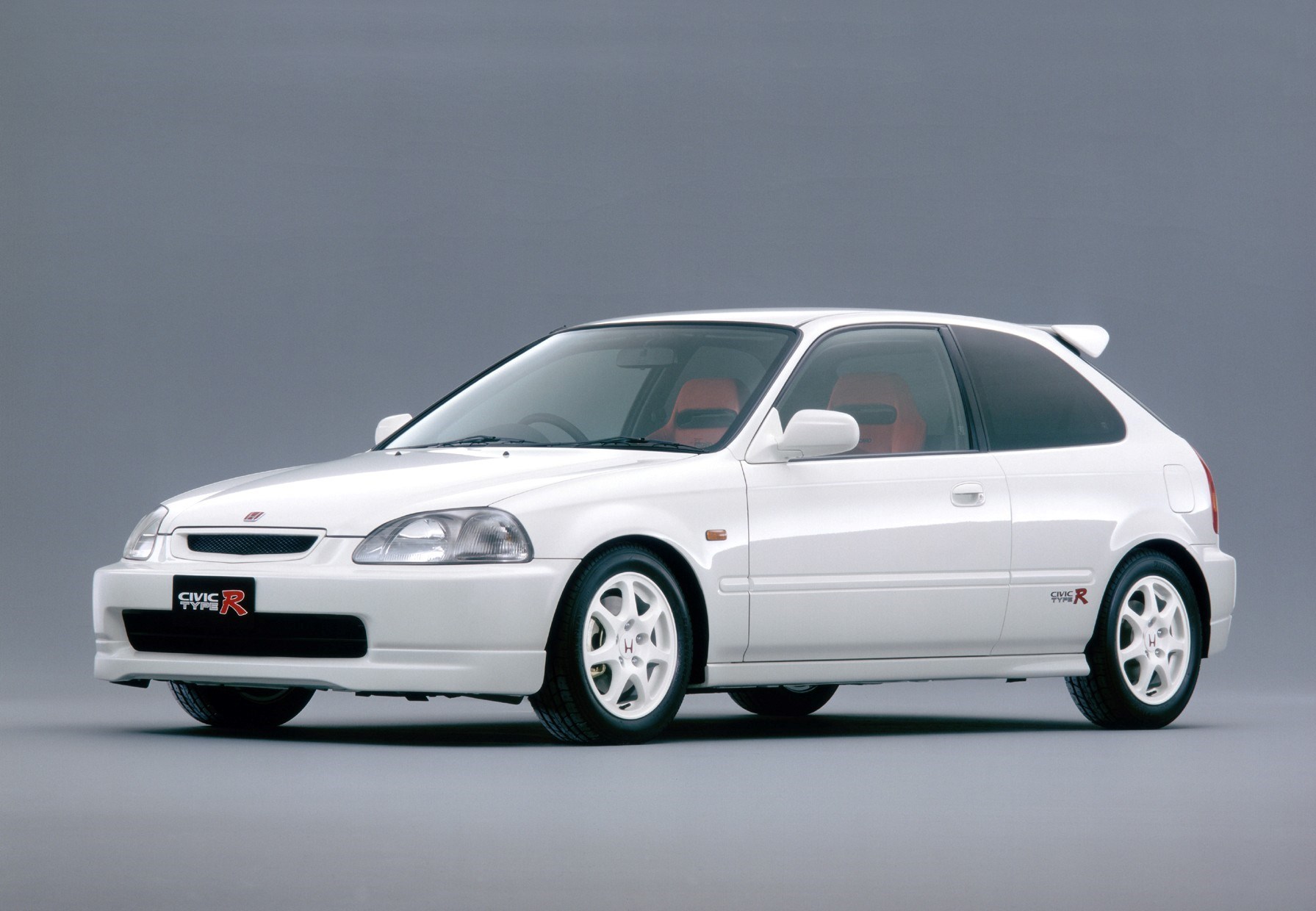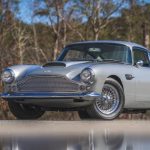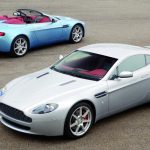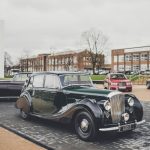Author: Daniel Bevis
Photography: Honda
The 6th-gen Civic entered a culture that allowed its sporting potential to flourish.
Among the myriad benefits of a hatchback – the city-friendly compactness, the Ikea-happy load-lugging, the ability to squeeze the whole family into a relatively little space – few people can have seen the fold-down welly bench coming. And yet that was a stand-out feature of Honda’s 5th-generation (EG) Civic, its clever split-folding tailgate stealing Range Rover’s thunder by giving you somewhere handy to sit down and take your muddy boots off. Thoughtful.

When the covers came off the 6th-gen (EK) Civic in 1995, however, there was a new game in town. Well, new for the Civic, anyway. Hot hatchery. You see, while the EG had been offered in some entertainingly warm variants (the VTi in particular was a frisky little scamp), there were tremendous global rumblings in the hot hatch market, this had been bubbling up for some time, and Honda was perfectly positioned to get in on the action.
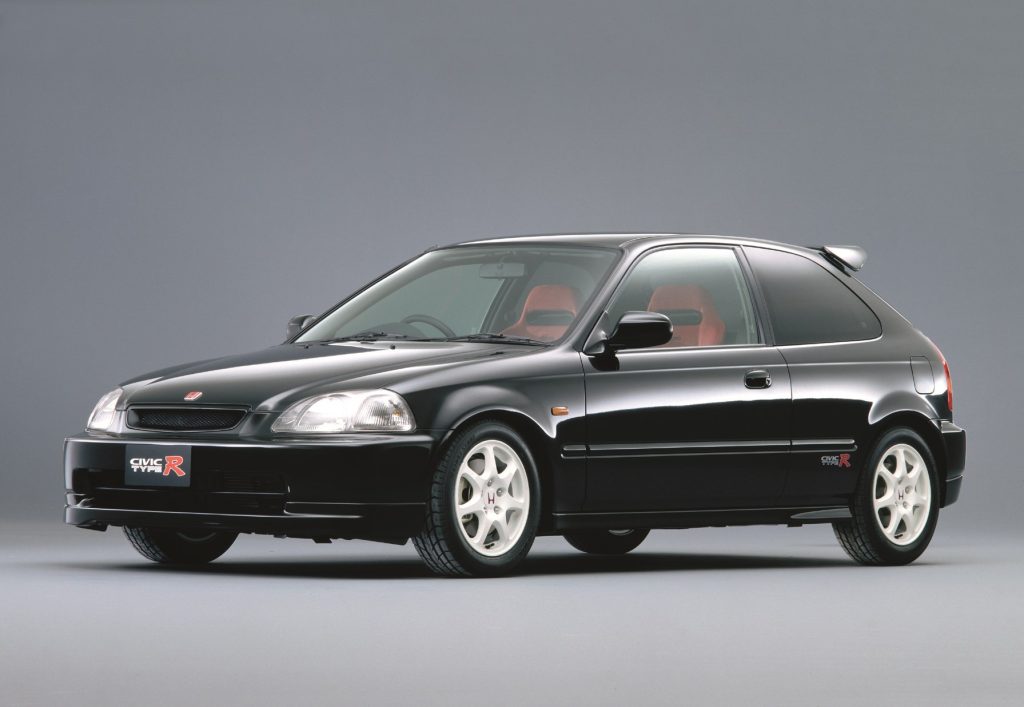
For a generation of Gran Turismo enthusiasts, the three-digit moniker ‘EK9’ will forever walk tall in their aspirations (and, indeed, populate their lottery wish-lists), for this was the model designation of the first truly hardcore Civic: the Type R. Now, that badge may reputationally feel more ubiquitous that it in fact is, chiefly because everyone with even the faintest interest in cars knows that a Type R Honda is something to be revered, but it’s worth keeping in mind that Honda jealously guard this hallowed badge, and it’s been glued to the rumps of fewer cars than you might think. Six consecutive generations of Honda Civic, two generations of the Integra, (somewhat unexpectedly) the Accord, the NSX, and that’s it. And it all started with the EK9 Civic Type R (before you write in, the stripped-out NSX was called the NSX-R), which was unleashed upon the world in September 1997. Soichiro Honda infamously coined the term “racing improves the breed” – and yes, the ‘R’ in Type R does stand for ‘Racing’. The Hagerty Price Guide today lists the EK9 at £23,000 in Condition 1, which tells you much of what you need to know about it.
With its hand-ported B16B twin-cam, helical LSD, seam-welded chassis, red Recaros and the now-iconic titanium gearknob, this was very much not just a shopper hatch with a hot motor. This was a full-on road racer, the details teased to extremes.
It is crucial to note, though, that performance-oriented EK Civics do not begin and end with the Type R. Indeed, as a Japanese-market-only model, this was something that Europeans could only dream about – or thrash virtually around Trial Mountain – unless they had the wherewithal to import one themselves. But for the UK market, there was something else to tantalise and excite: not as exquisite and hardcore as the Type R, sure, but still with more than a mere frisson of offbeat desirability and sporting prowess: the Civic Jordan.

It’s true that the J-word was kind of everywhere in the nineties, but this model variant had nothing to do with pneumatically enhanced glamour models. No, this was a bright yellow Civic named for the Jordan Grand Prix F1 team (which, at the time, was running Mugen Honda power). This 500-off special edition used the EK4 Civic VTi as a base, meaning it was packing an eager 1.6-litre VTEC twin-cam, the aesthetics augmented by a subtle front lip and imposing boot spoiler, plus lightweight Speedline alloy wheels. In Jordan form, the special edition mimicked its F1 namesake by being an almost violently bright shade of yellow (codename: Sunlight Yellow, fact fans), although deviated somewhat from the Formula 1 vibe by offering a snazzy two-tone leather interior. It’s worth noting that the Jordan team had absolutely no involvement whatsoever in the development of the car, but that didn’t matter a jot because it was the kudos of the factory mods that created a mystique around this vivid and vibrant entity. Indeed, this sort of behaviour very much tapped into a wider trend that saw the EK Civic eagerly embraced… and that trend was modifying.
You see, at that moment in time, car culture was awash with massive shifts and swells in fashion; UK enthusiasts were still surfing the foaming waves of magazines such as Max Power, Fast Car, Redline, Revs and the like (and remember that, in times before social media, mags were really big business), while the global community was about to have its whistle mischievously whetted by The Fast and the Furious in 2001, a cultural juggernaut that thrust Japanese tuner culture to the forefront of modding aspirations worldwide.
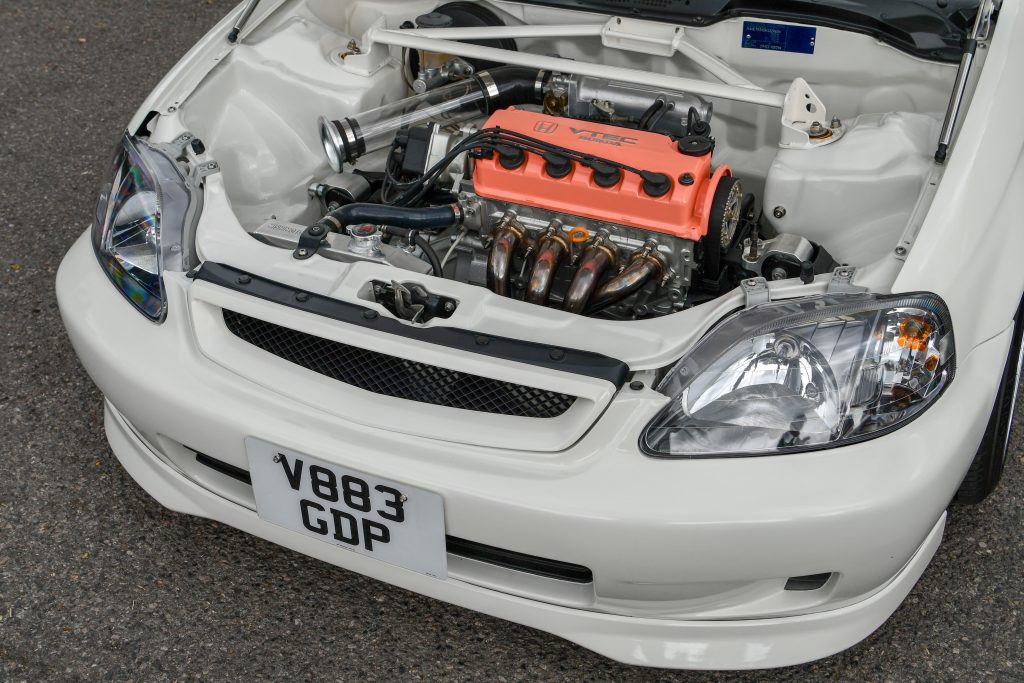
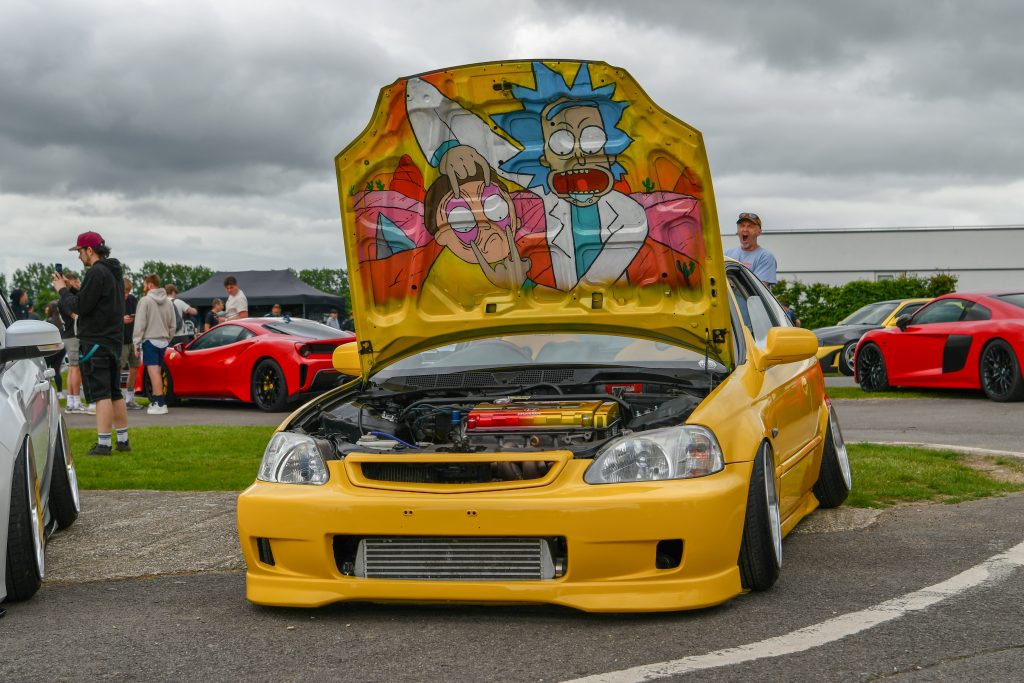

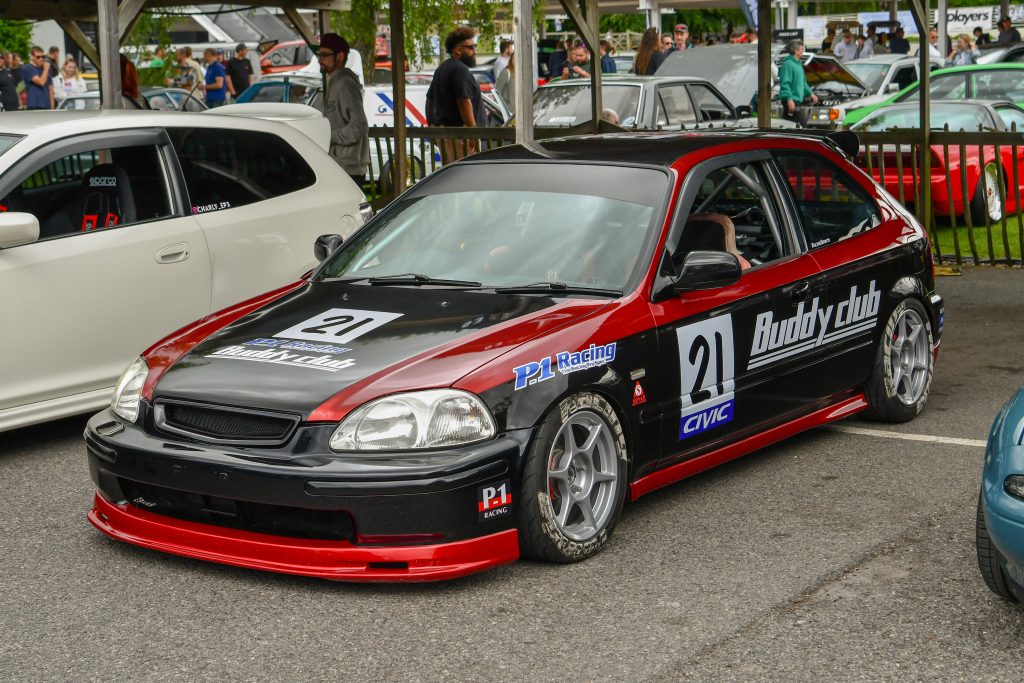

Have you ever heard of the kanjozoku? OK, let’s take a little moment to dig into that little niche, and explore exactly why late-nineties Honda Civics are so crucial to tuner culture. The Kanjo Loop is an elevated expressway around the centre of Osaka; a tight, narrow highway with lots of corners. The roots of the kanjozoku – the outlaws who race the Kanjo Loop after dark – stretch back to the 1980s; Honda Civics have always been a favourite among this tribe, with their tuneable VTEC motors and agile chassis. The 3rd-gen Civic Si was the 1980s weapon of choice – reverential whispers call it ‘The Wonder Civic’ – and today the EG and EK Civics are strongly continuing the ethos.
Kanjo racers take a lot of cues from Touring Car racing, modding their cars with graphics and aero aids from Group A race cars; period kanjozoku changed their liveries regularly, and even ran different liveries on either side of the car in order to fox the authorities.
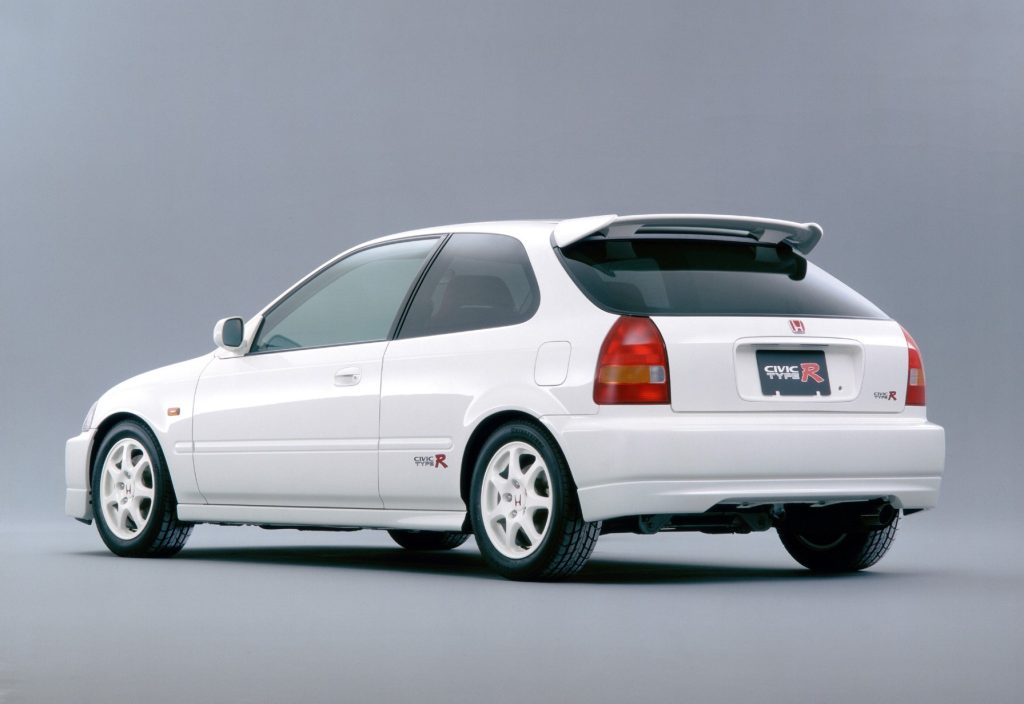
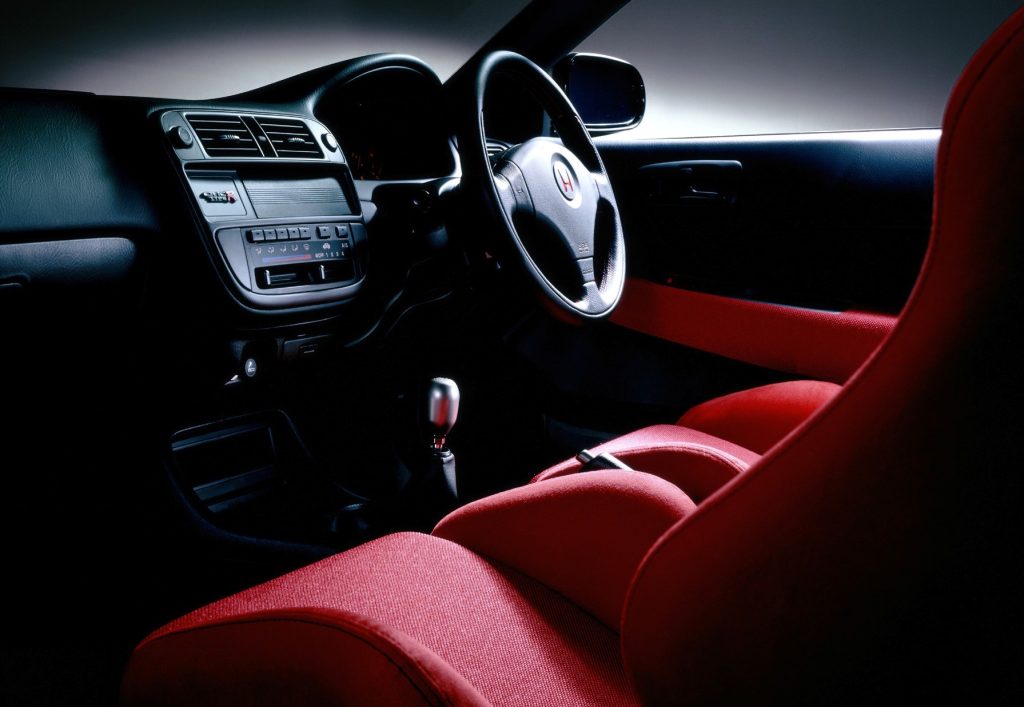
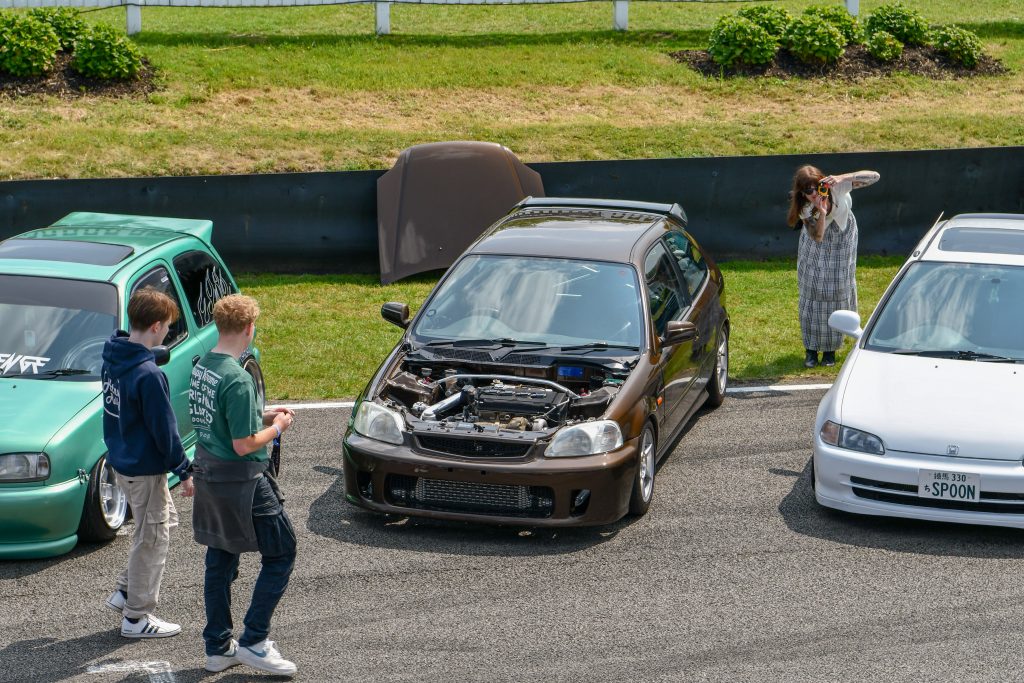
Stir all of this cultural heritage in with the prevailing tuner trends on the newsstand and the silver screen, and you can see why the EK was so warmly embraced by the modifying community from the late-’90s through the early-’00s and beyond. And as the 6th-gen Civic celebrates its 30th birthday in 2025, enthusiasts are looking back fondly on what was the first truly sporting Honda Civic. Yes, there had been performance rumblings, both in the showroom and on the racetrack, across the previous five generations… but the concentration of movies, video games and swelling tuner culture meant that the EK – whether it be the unicorn EK9 or a hotted-up lesser variant – will always be a shimmering halo within the annals of hot hatch folklore.
Were you part of the Civic craze? Whether you built one, raced one, or just admired them on screen, share your favourite Honda Civic memories and mods in the comments.
Get trusted classic car insurance
Get classic car insurance from Hagerty and join thousands of enthusiasts who trust us to protect their classics. Rated ‘Excellent’ on TrustPilot.
Read more:
All-hail the breadvan: the Honda Civic Type R EP3
Future Classic: Honda Civic Type R (FK8)
Unexceptional Classifieds: Honda Civic Saloon
